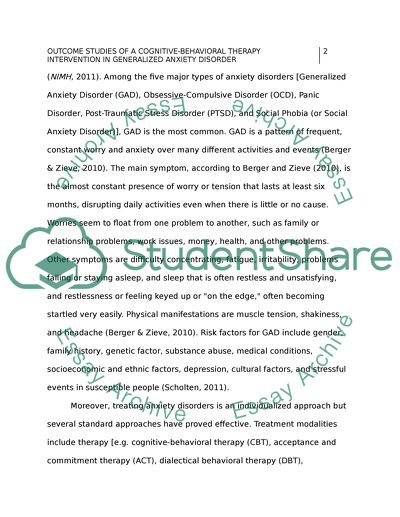Cite this document
(“Outcome studies of a Cognitive Behavioral Therapy Intervention Essay”, n.d.)
Retrieved from https://studentshare.org/environmental-studies/1414270-outcome-studies-of-a-cognitive-behavioral-therapy
Retrieved from https://studentshare.org/environmental-studies/1414270-outcome-studies-of-a-cognitive-behavioral-therapy
(Outcome Studies of a Cognitive Behavioral Therapy Intervention Essay)
https://studentshare.org/environmental-studies/1414270-outcome-studies-of-a-cognitive-behavioral-therapy.
https://studentshare.org/environmental-studies/1414270-outcome-studies-of-a-cognitive-behavioral-therapy.
“Outcome Studies of a Cognitive Behavioral Therapy Intervention Essay”, n.d. https://studentshare.org/environmental-studies/1414270-outcome-studies-of-a-cognitive-behavioral-therapy.


